Home>Garden Essentials>How To Use Anise Seed
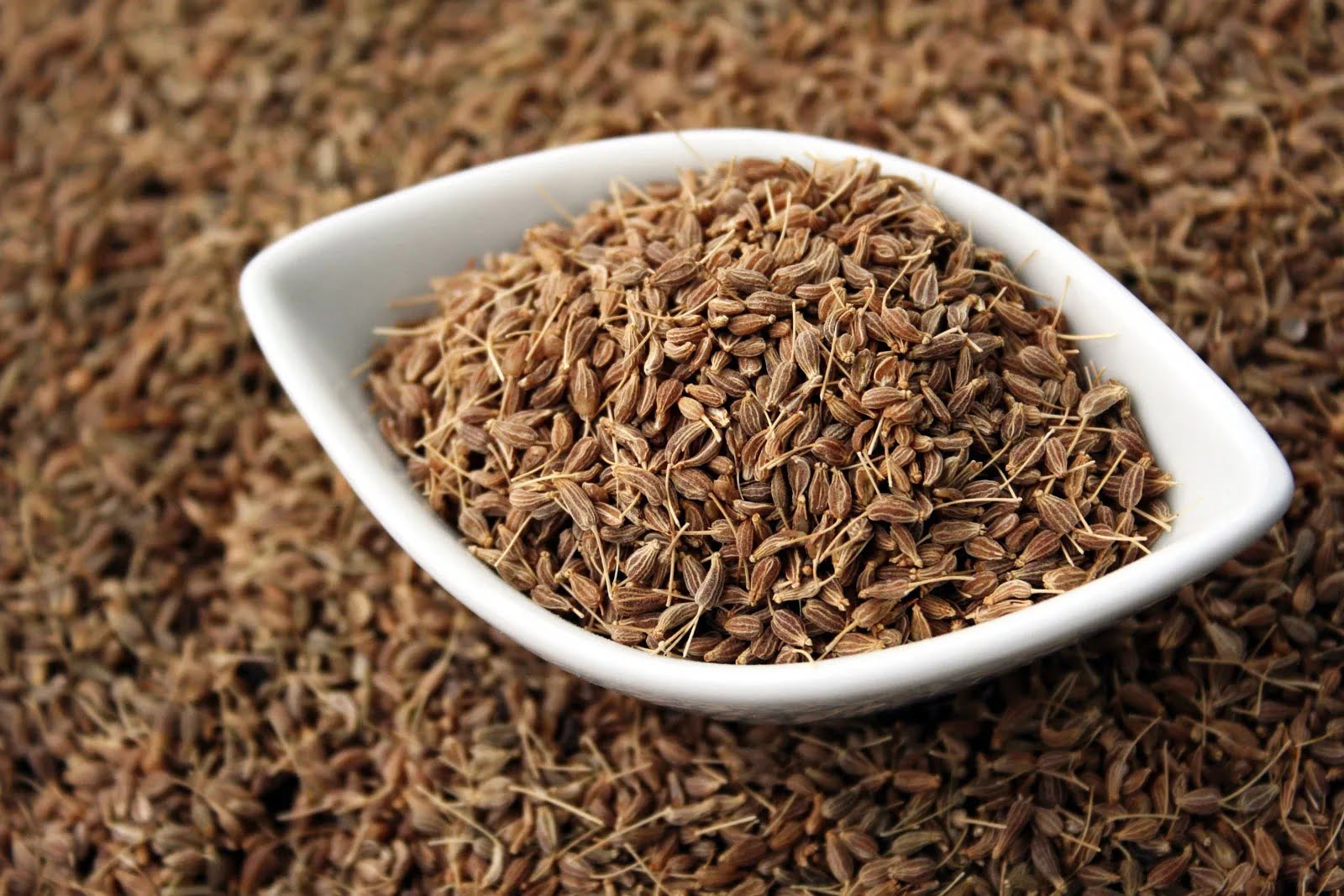

Garden Essentials
How To Use Anise Seed
Modified: March 16, 2024
Learn how to use anise seed in your garden and discover the aromatic and flavorful benefits it brings to your culinary creations.
(Many of the links in this article redirect to a specific reviewed product. Your purchase of these products through affiliate links helps to generate commission for Storables.com, at no extra cost. Learn more)
Introduction
Welcome to our comprehensive guide on how to use anise seed! If you’re a gardening enthusiast or simply curious about herbs and spices, you’ve come to the right place. Anise seed, with its aromatic flavor and numerous health benefits, has been used for centuries in culinary and medicinal applications.
In this article, we will explore the various ways you can incorporate anise seed into your cooking, as well as delve into its fascinating history and potential health benefits. Whether you’re a novice in the kitchen or an experienced chef, you’re bound to find inspiration and useful tips to make the most of this delightful spice.
But first, let’s learn more about anise seed itself.
Key Takeaways:
- Anise seed is a versatile spice with a sweet, licorice-like flavor that can be used in baking, beverages, cooking, pickling, and infusions. It offers potential health benefits, but should be used in moderation and with caution for certain individuals.
- When using anise seed, store it in an airtight container away from light, heat, and moisture to maintain its freshness. Experiment with toasting the seeds for a stronger flavor and try recipes like Classic Anise Biscotti and Grilled Lemon-Anise Salmon for a delightful culinary experience.
Read more: What Are Anise Seeds
What is Anise Seed?
Anise seed, also known as Pimpinella anisum, is a small seed native to the Mediterranean region. It belongs to the Apiaceae family, which includes other well-known herbs and spices such as coriander, cumin, and dill. Anise seed is renowned for its distinctive sweet and licorice-like flavor, which adds a unique touch to both sweet and savory dishes.
The seeds are harvested from the flowering herbaceous plant, Anise. These seeds are tiny, oval-shaped, and light brown in color. They have a subtly rough texture and emit a strong, fragrant aroma when crushed or ground.
Historically, anise seed has been used for its medicinal properties and as a culinary ingredient in many cultures around the world. It was highly sought after for its unique flavor and has been featured in various traditional dishes, desserts, drinks, and even in the production of liqueurs like absinthe and ouzo.
Not to be confused with star anise, which is a different species altogether, anise seed has its own distinct flavor and appearance. However, both share similar aromatic qualities and are used in various culinary applications.
Next, let’s explore the numerous health benefits that anise seed has to offer.
Health Benefits of Anise Seed
Anise seed not only adds flavor to your dishes but also offers several health benefits due to its rich nutrient profile. Let’s take a closer look at some of the potential health benefits:
- Digestive Aid: Anise seed has been used for centuries as a natural remedy for digestive problems. It contains compounds that can help relieve symptoms such as bloating, gas, and indigestion. Anise seed has carminative properties, which means it can help reduce flatulence by promoting the expulsion of gas from the digestive system.
- Anti-inflammatory Properties: Anise seed contains several compounds that have powerful anti-inflammatory effects. These compounds can help alleviate inflammation in the body and may be beneficial for conditions such as arthritis and inflammatory bowel disease.
- Respiratory Health: Anise seed has expectorant properties, making it useful for respiratory conditions like coughs, bronchitis, and asthma. It helps to loosen and expel mucus from the airways, providing relief and promoting easier breathing.
- Hormonal Balance: Anise seed contains phytoestrogens, which are plant compounds that mimic the effects of estrogen in the body. This can help regulate hormonal imbalances and alleviate symptoms of menopause, such as hot flashes and mood swings.
- Antimicrobial Effects: Anise seed has been shown to possess antimicrobial properties, making it effective against various types of bacteria and fungi. It may help fight against common pathogens and contribute to improved immune system function.
- Antioxidant Activity: Anise seed contains potent antioxidants that help combat oxidative stress and protect the body’s cells from damage caused by free radicals. Antioxidants play a crucial role in reducing the risk of chronic diseases, such as heart disease and certain types of cancer.
While anise seed offers these potential health benefits, it’s important to note that it should not be used as a substitute for professional medical advice. If you have any specific health concerns, it’s always best to consult with a healthcare professional.
Now that we’ve covered the health benefits of anise seed, let’s move on to explore its culinary uses.
Culinary Uses of Anise Seed
Anise seed is a versatile spice that adds a distinctive and aromatic flavor to a wide range of culinary creations. Its sweet and licorice-like taste pairs well with both sweet and savory dishes. Here are some popular culinary uses of anise seed:
- Baking: Anise seed is commonly used in baking, especially in traditional recipes from various cultural cuisines. It can be found in cookies, cakes, bread, and pastries, adding a delightful flavor to these sweet treats.
- Beverages: Anise seed is a key ingredient in many popular beverages. It is used to flavor herbal teas, providing a soothing and refreshing element. Additionally, anise seed is used in the production of liqueurs such as absinthe and ouzo, adding a distinct licorice flavor.
- Cooking: Anise seed can be used as a spice in savory dishes. It pairs well with meats, fish, and poultry, adding a unique and aromatic touch. It is commonly used in traditional recipes from Mediterranean, Middle Eastern, and Asian cuisines.
- Pickling: Anise seed is often used in pickling recipes, adding flavor and enhancing the preservation process. It can be added to pickled vegetables, fruits, or even used in homemade pickling spice blends.
- Sauces and Marinades: Anise seed can be ground or crushed and used in sauces, marinades, and dressings to infuse them with its distinctive flavor. It adds complexity and depth to barbecue sauces, glazes, and marinades for grilled meats or vegetables.
- Infusions: Anise seed can be used to make flavored oils, vinegar infusions, or flavored syrups. These infusions can be used in dressings, drizzled over dishes, or used in cocktails to add a hint of anise flavor.
Experiment with anise seed in your cooking to explore its versatility and add a unique twist to your favorite recipes. However, keep in mind that anise seed has a strong flavor, so it’s best to start with a small amount and adjust to your taste preferences.
Now that we know how to use anise seed in the kitchen, let’s move on to learn how to properly store it.
To use anise seed, crush or grind it before adding to recipes for a stronger flavor. It pairs well with sweet and savory dishes, and can also be used to make a soothing tea.
How to Store Anise Seed
To ensure the longevity and freshness of anise seed, proper storage is essential. Follow these guidelines to keep your anise seed flavorful for as long as possible:
- Store in an Airtight Container: Transfer the anise seed to an airtight container, such as a glass jar or a resealable plastic bag. Make sure the container is clean, dry, and free from any residual moisture. This will help prevent moisture and humidity from affecting the quality of the seeds.
- Keep Away from Light: Anise seed should be stored in a cool, dark place, away from direct sunlight. Exposure to light can cause the seeds to lose their flavor and potency over time.
- Avoid Heat and Moisture: Anise seed is sensitive to heat and moisture, which can lead to loss of flavor and potential spoilage. Store it away from sources of heat, such as the stove, oven, or dishwasher. Steer clear of storing the seeds in the refrigerator or freezer, as the fluctuating temperatures can affect their quality.
- Label and Date: It’s always a good idea to label the container with the date of purchase or date of harvest. This will help you keep track of the freshness of the anise seed and ensure you use the oldest ones first.
- Grind as Needed: For maximum flavor, it’s best to grind or crush the anise seed just before using it in your recipe. This will help release the essential oils and enhance the overall taste.
By following these storage tips, you can extend the shelf life of anise seed and maintain its potency and flavor for a longer period. Next, let’s explore some cooking tips and recipes that highlight the use of anise seed.
Read more: What Does Anise Seed Look Like
Cooking Tips and Recipes Using Anise Seed
Anise seed adds a distinct and delightful flavor to various dishes. Here are some cooking tips and recipe ideas to help you make the most of this aromatic spice:
Cooking Tips:
- When using anise seed in savory dishes, toast the seeds lightly in a dry pan before grinding or adding them to the recipe. This will enhance their flavor and release their aromatic oils.
- For a stronger flavor, grind anise seed using a mortar and pestle or a spice grinder. However, if you prefer a milder taste, simply crush the seeds using the back of a spoon or leave them whole in your dish.
- Anise seed pairs well with ingredients like cinnamon, ginger, cloves, and citrus fruits. Experiment with combining these flavors to create a unique and delicious culinary experience.
- For baking, anise seed is commonly used in traditional recipes like Italian biscotti, German Springerle cookies, and Greek Tsoureki bread. These classic treats showcase the delicate aroma and flavor of anise seed.
- When using anise seed in salads, sprinkle a small amount on top as a finishing touch. It can add a subtle hint of licorice flavor and create an interesting contrast with the other ingredients.
Recipes:
1. Classic Anise Biscotti:
These crunchy Italian cookies are perfect for enjoying with a cup of coffee or tea.
- Ingredients:
- 2 cups all-purpose flour
- 1 cup sugar
- 1 teaspoon baking powder
- 1/2 teaspoon salt
- 1 tablespoon anise seed, crushed
- 3 large eggs
- 1 teaspoon vanilla extract
- Instructions:
- In a bowl, combine the flour, sugar, baking powder, salt, and crushed anise seed.
- In a separate bowl, whisk together the eggs and vanilla extract.
- Add the wet ingredients to the dry ingredients and mix until a dough forms.
- Divide the dough in half and shape each portion into a log about 12 inches long.
- Place the logs on a baking sheet lined with parchment paper and bake at 350°F (175°C) for 25-30 minutes, or until lightly golden.
- Remove from the oven and let the logs cool for about 10 minutes.
- Using a sharp knife, slice the logs diagonally into 1/2-inch thick slices.
- Place the slices back on the baking sheet and bake for an additional 10-15 minutes, or until crisp and golden.
- Let the biscotti cool completely before serving.
2. Grilled Lemon-Anise Salmon:
This simple yet flavorful recipe is perfect for a summer barbecue.
- Ingredients:
- 4 salmon fillets
- 2 tablespoons olive oil
- 1 tablespoon lemon juice
- 1 teaspoon anise seed, crushed
- Salt and pepper to taste
- Instructions:
- In a small bowl, combine the olive oil, lemon juice, crushed anise seed, salt, and pepper.
- Brush the salmon fillets with the marinade mixture, ensuring they are evenly coated.
- Preheat the grill to medium-high heat.
- Grill the salmon for about 4-5 minutes per side, or until it is cooked through and flakes easily with a fork.
- Remove from the grill and let it rest for a few minutes before serving.
These are just a couple of examples showcasing the versatility of anise seed in both sweet and savory dishes. Feel free to experiment and create your own unique recipes using this delicious spice!
Now that you have a variety of recipes to try, let’s discuss a few potential side effects of consuming anise seed.
Potential Side Effects of Anise Seed
Anise seed is generally safe for consumption when used in moderation. However, some individuals may experience certain side effects or allergic reactions. Here are a few potential side effects to be aware of:
- Allergic Reactions: Some people may be allergic to anise seed. Allergic reactions can range from mild symptoms like itching, rash, or hives, to more severe symptoms like difficulty breathing or swelling of the face, lips, or tongue. If you experience any signs of an allergic reaction, discontinue use and seek medical attention.
- Hormonal Effects: Anise seed contains phytoestrogens, which are plant compounds that mimic the effects of estrogen in the body. While this can be beneficial for balancing hormones in some individuals, it may have undesirable effects for others. If you have a hormone-sensitive condition such as breast cancer, uterine fibroids, or endometriosis, it’s best to consult with a healthcare professional before consuming anise seed in large amounts.
- Skin Sensitization: Some individuals may be sensitive to anise seed when applied topically. It may cause skin irritation, redness, or itching. If you plan to use anise seed oil or any topical products containing anise seed, perform a patch test on a small area of skin first to check for any adverse reactions.
- Blood Sugar and Blood Pressure: Anise seed may have effects on blood sugar levels and blood pressure. If you have diabetes or low blood pressure, it’s important to monitor your levels closely and consult with a healthcare professional before incorporating anise seed into your diet.
- Pregnancy and Breastfeeding: It’s recommended that pregnant women and breastfeeding mothers exercise caution when consuming anise seed. While there is limited research on its effects during pregnancy and lactation, it’s best to consult with a healthcare professional before using anise seed in any form.
As with any herb or spice, it’s important to use anise seed in moderation and be aware of your body’s individual reactions. If you have any concerns or pre-existing medical conditions, it’s always best to consult with a healthcare professional before incorporating anise seed into your diet or healthcare routine.
Now, let’s wrap up this comprehensive guide on anise seed.
Conclusion
Anise seed is a versatile and aromatic spice that adds a distinct flavor to both sweet and savory dishes. With its rich history, numerous health benefits, and culinary uses, anise seed has become a staple in kitchens around the world.
In this guide, we explored what anise seed is and its unique characteristics. We delved into its potential health benefits, including its role in aiding digestion, reducing inflammation, promoting respiratory health, and balancing hormones. We also discussed its culinary uses, from baking and beverages to pickling and sauces.
To ensure the longevity and freshness of anise seed, we provided storage tips, such as storing it in an airtight container away from light, heat, and moisture. We also shared cooking tips to help you maximize the flavor of anise seed, as well as provided two delicious recipe ideas: Classic Anise Biscotti and Grilled Lemon-Anise Salmon.
While anise seed offers a range of benefits and flavorful possibilities, it’s important to be aware of potential side effects, such as allergic reactions and hormonal effects. As with any ingredient, it’s always advisable to consult with a healthcare professional if you have specific concerns or medical conditions.
Overall, anise seed is a wonderful addition to your pantry, capable of elevating your culinary creations while potentially providing various health benefits. Whether you’re a seasoned chef or an enthusiastic home cook, experimenting with anise seed will open up a world of flavors and new possibilities in your kitchen.
So don’t hesitate to harness the power of anise seed and explore its many uses. It’s time to get creative and enjoy the unique and delightful flavor it brings to your favorite dishes.
Frequently Asked Questions about How To Use Anise Seed
Was this page helpful?
At Storables.com, we guarantee accurate and reliable information. Our content, validated by Expert Board Contributors, is crafted following stringent Editorial Policies. We're committed to providing you with well-researched, expert-backed insights for all your informational needs.

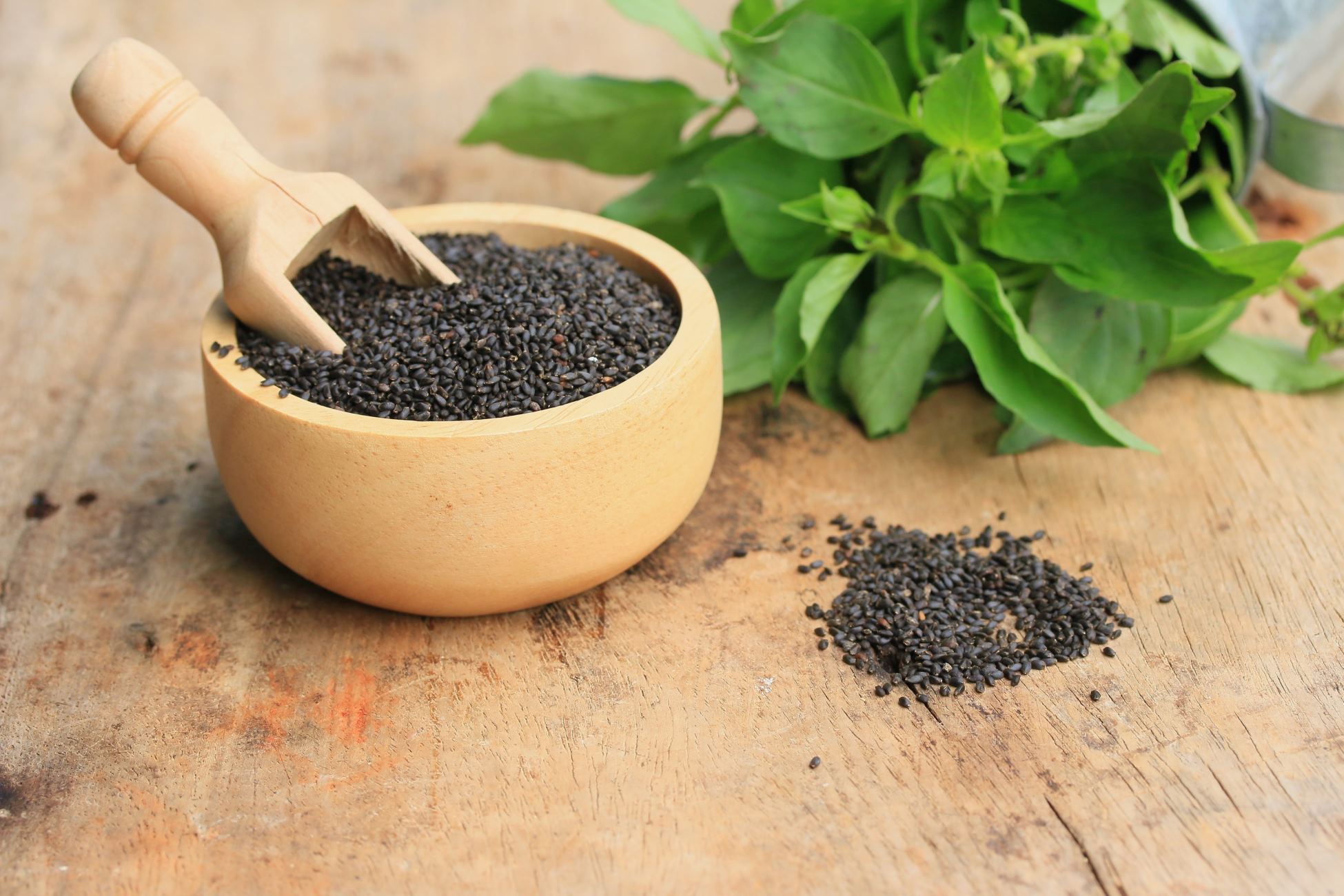
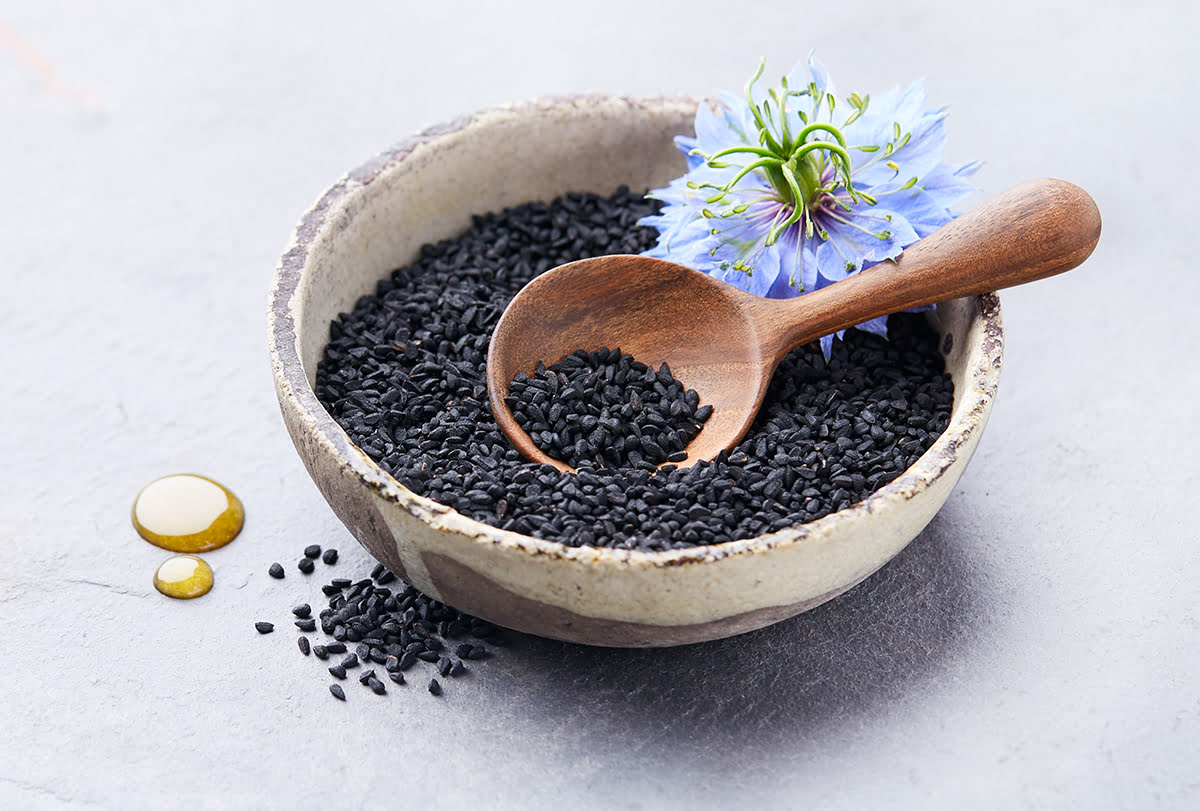
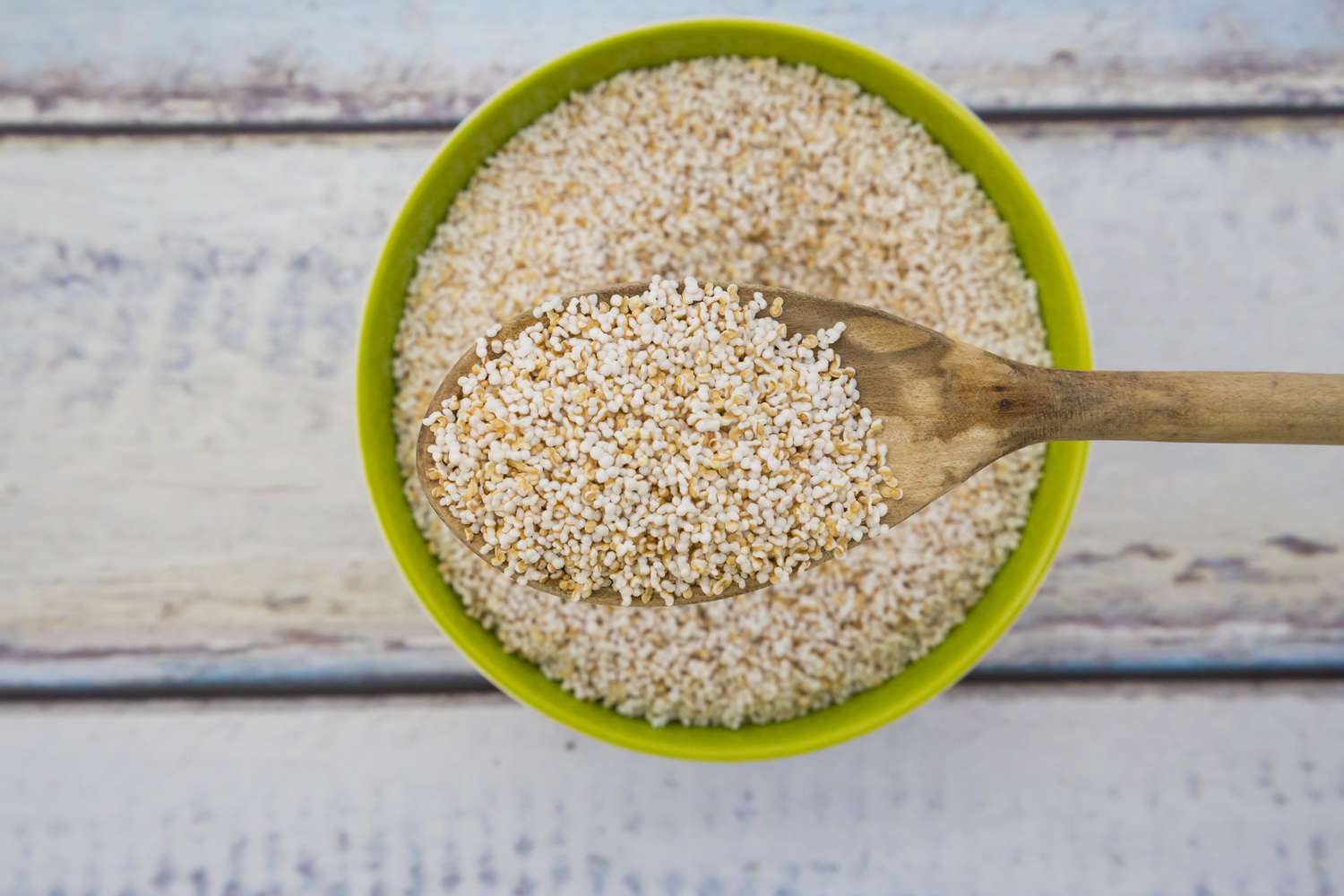
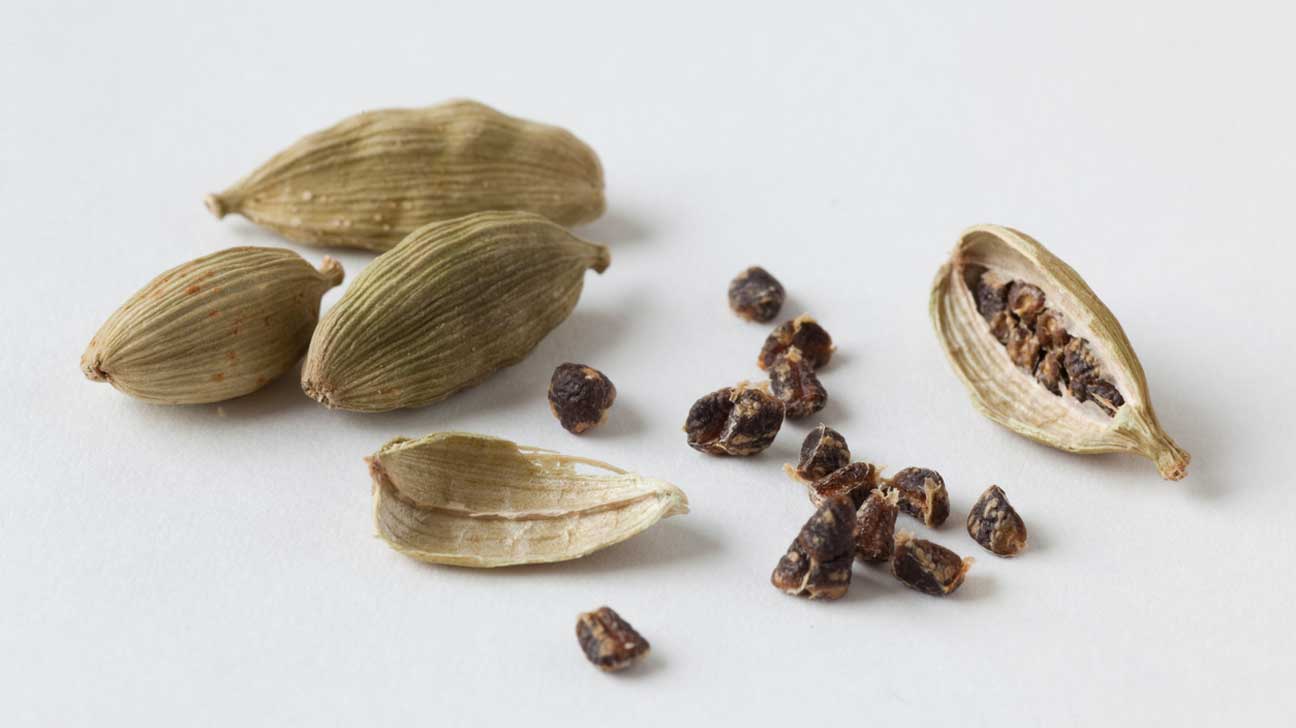
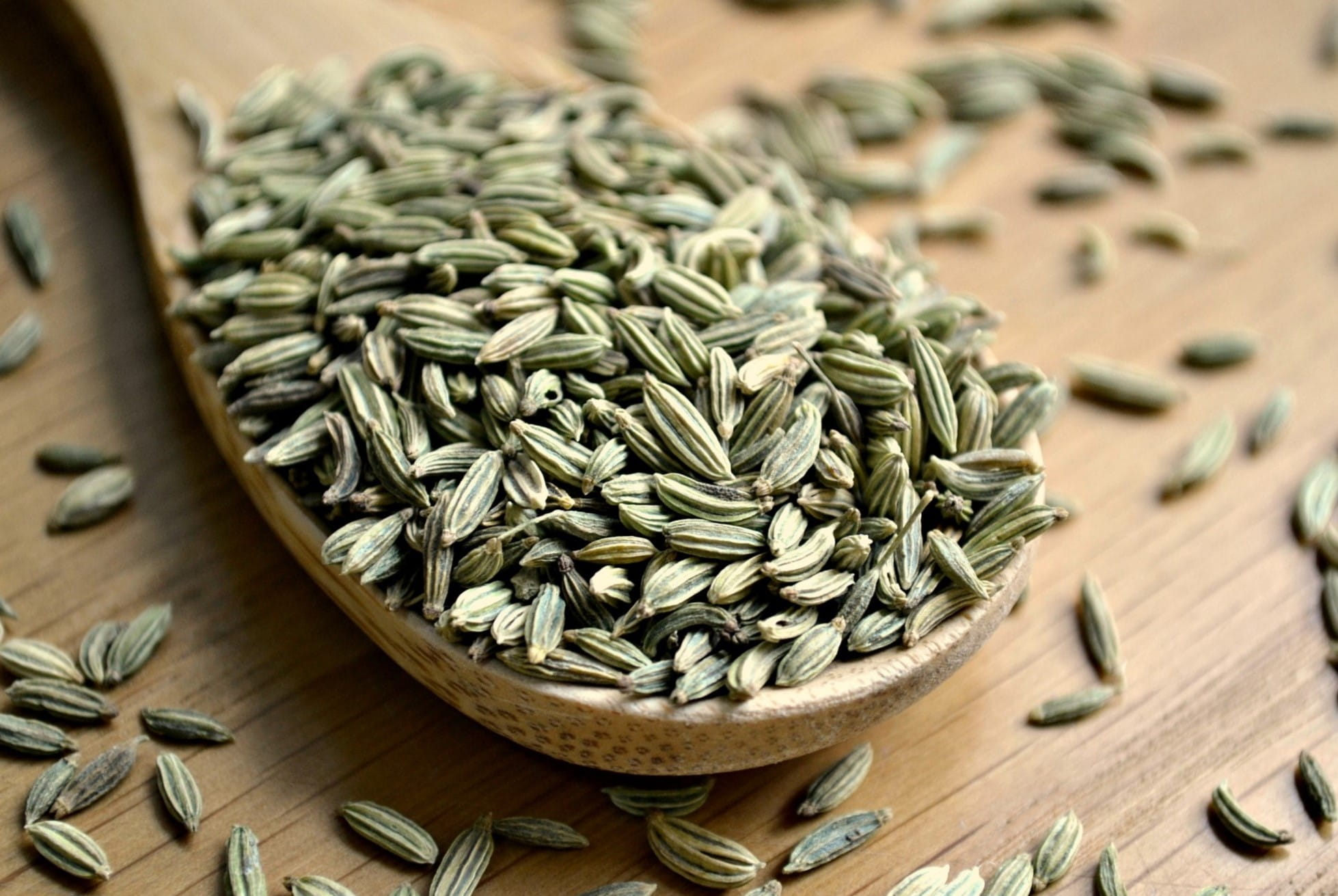
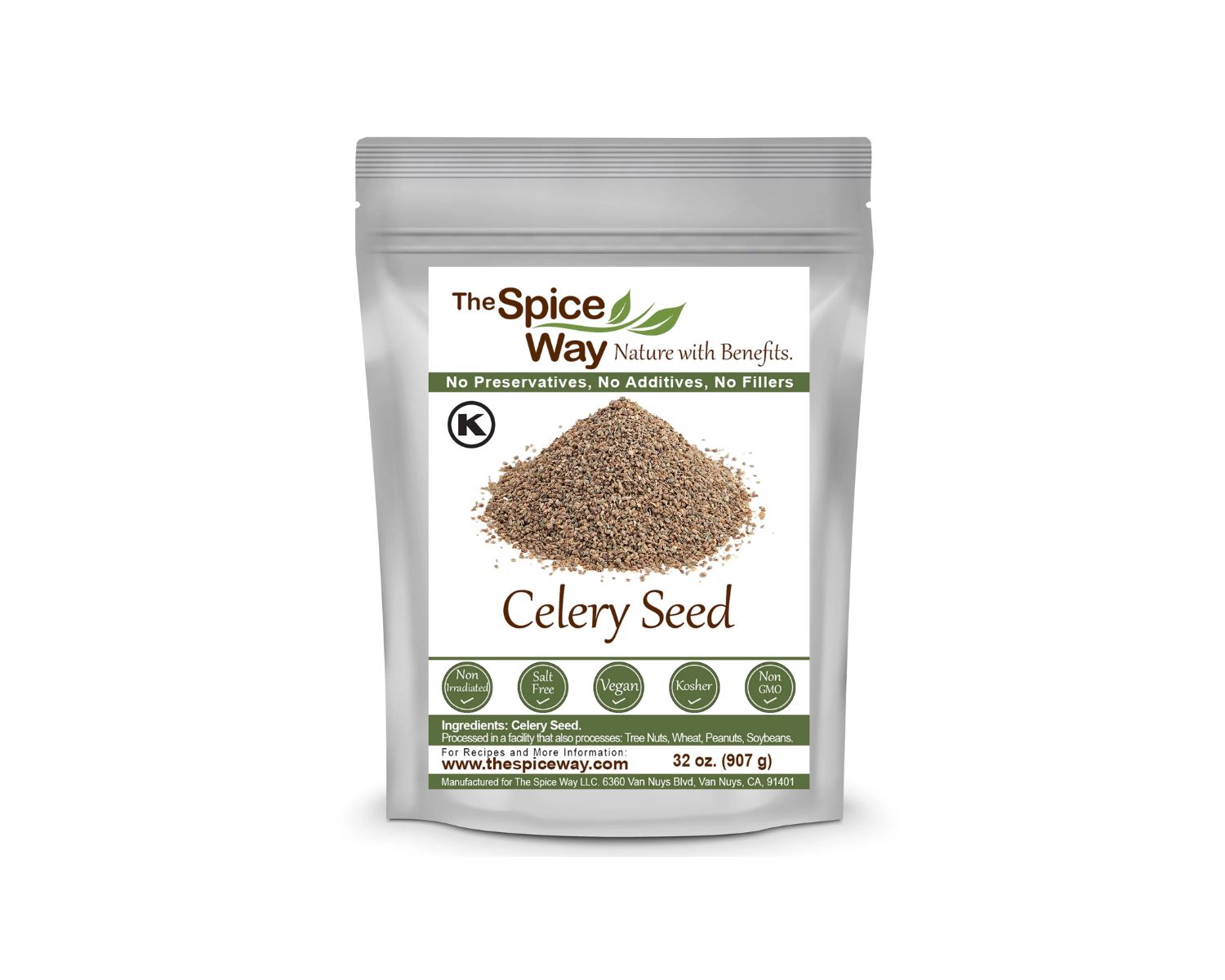
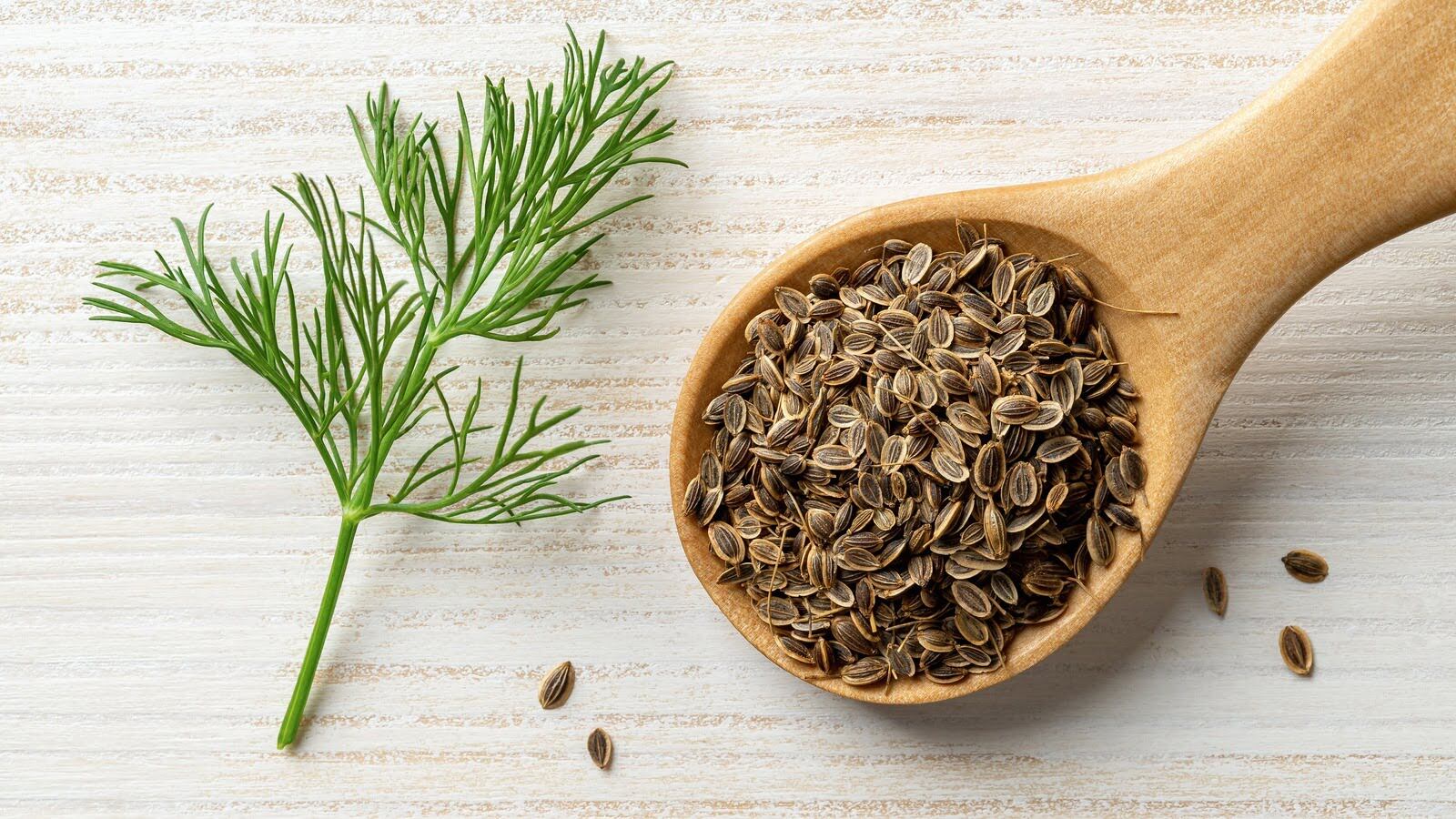
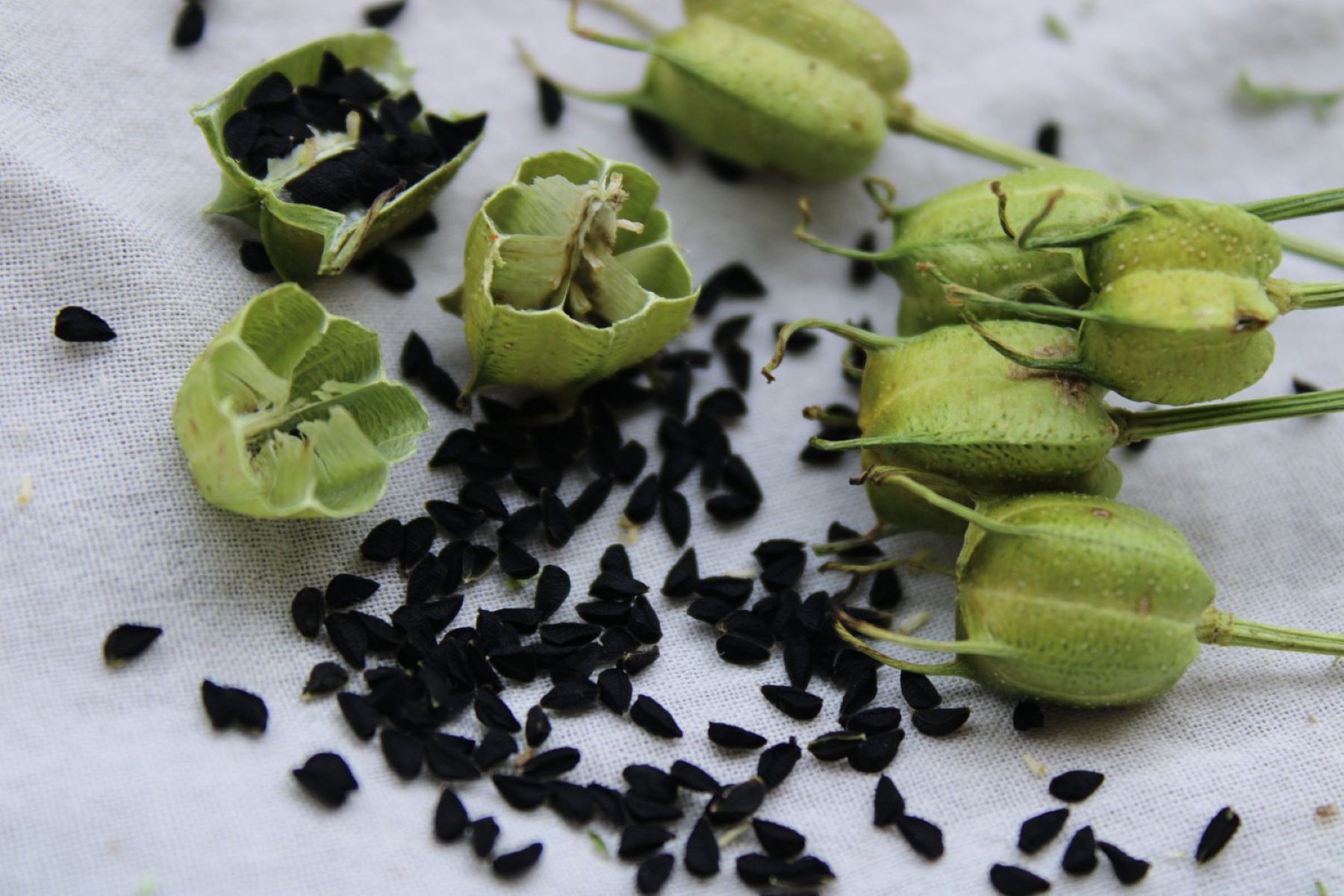
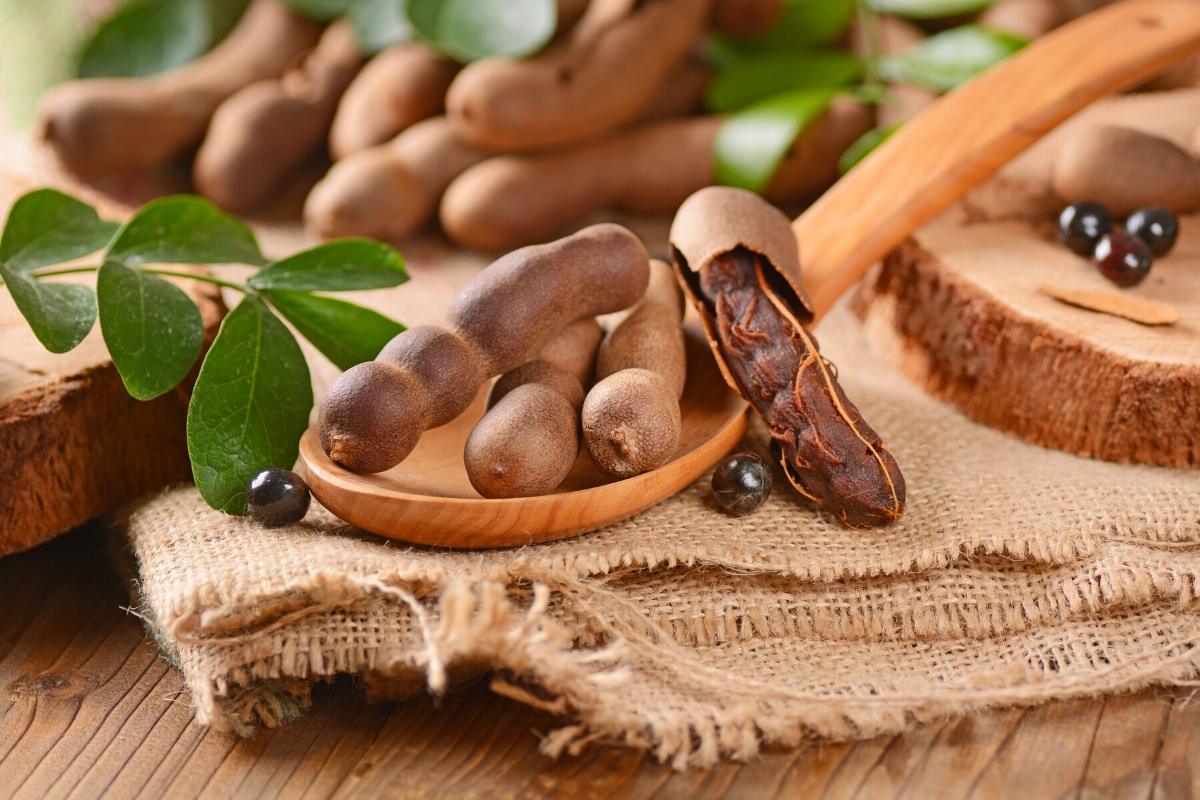
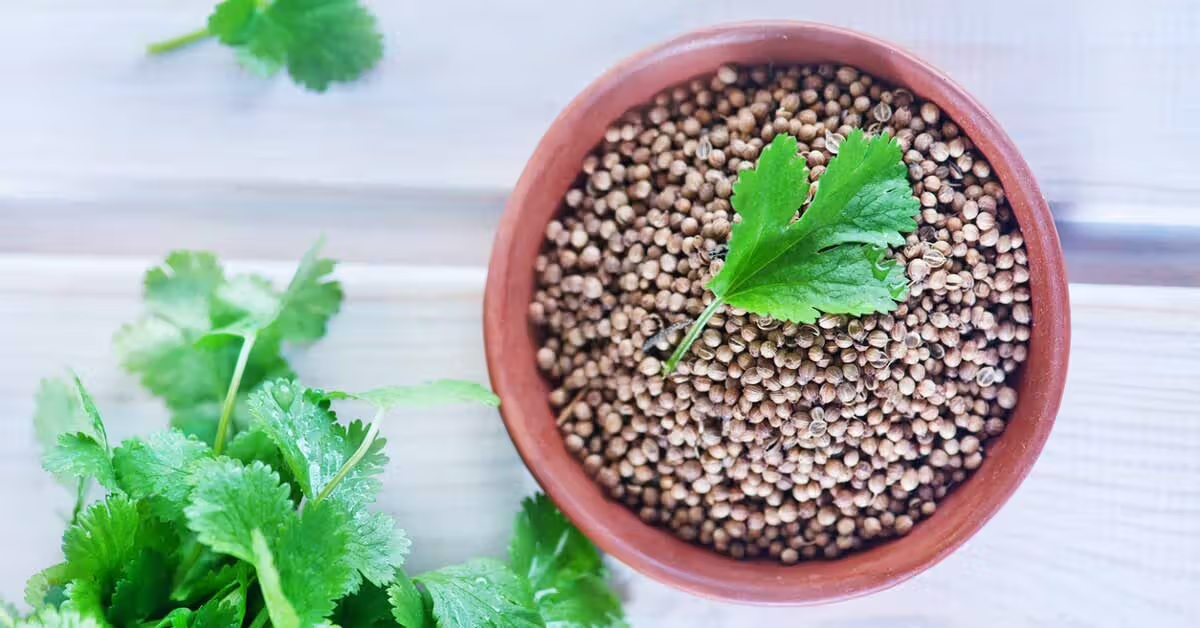
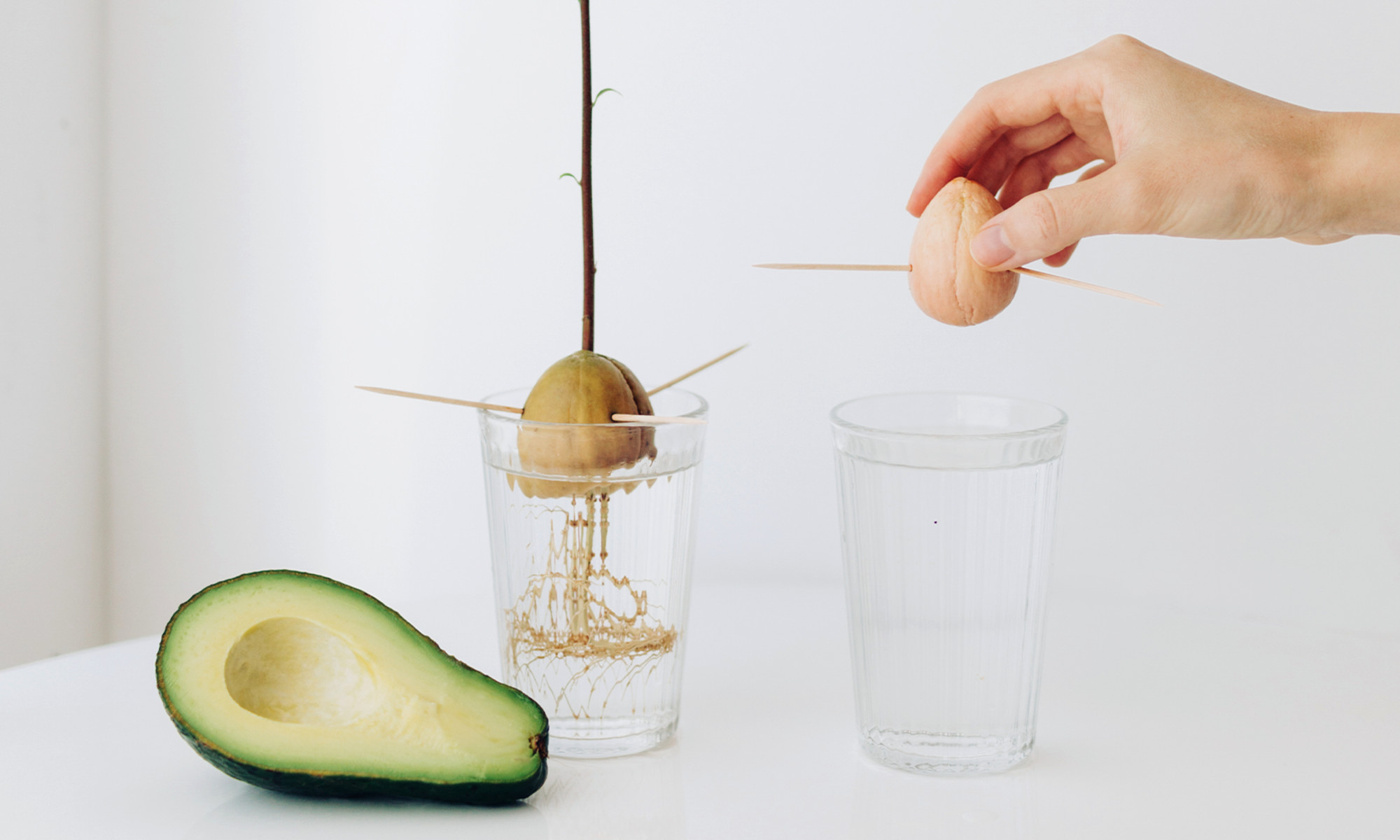
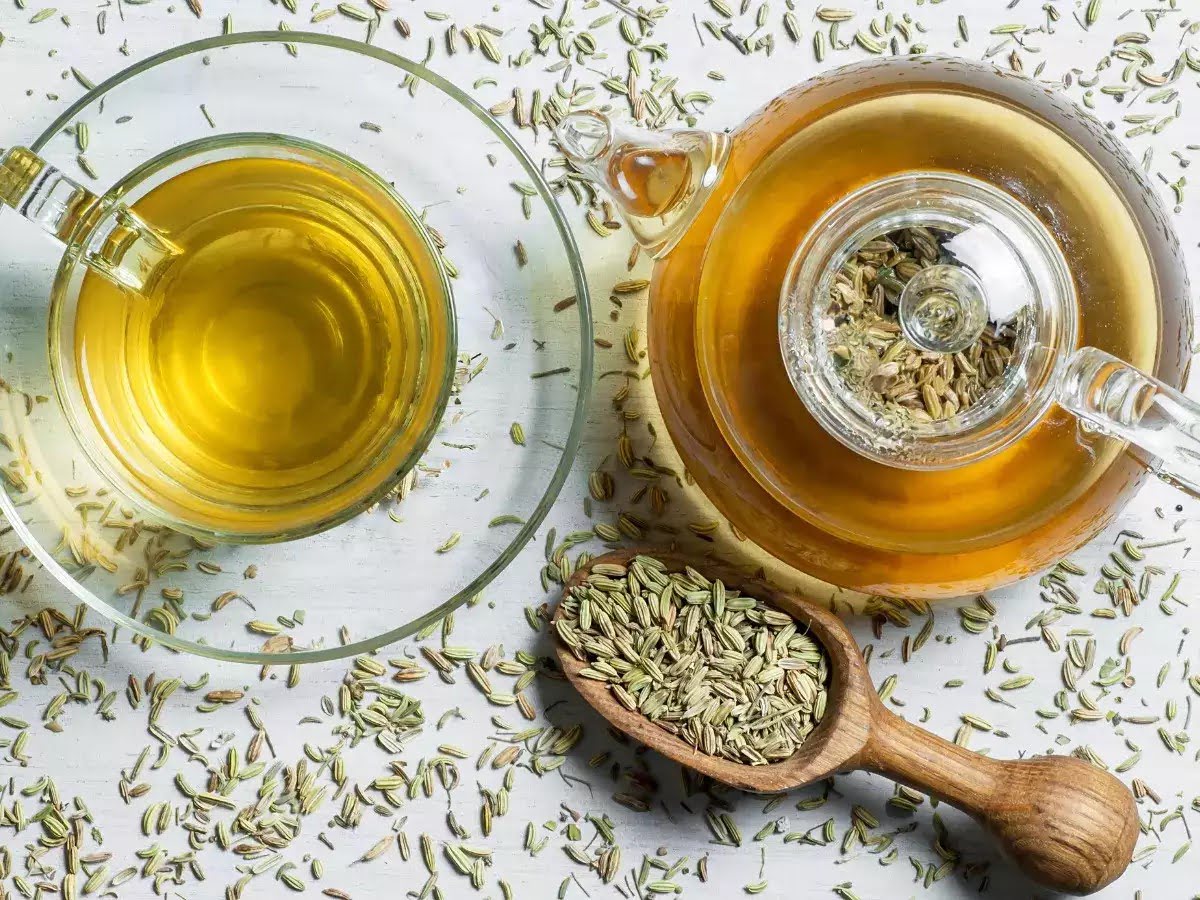
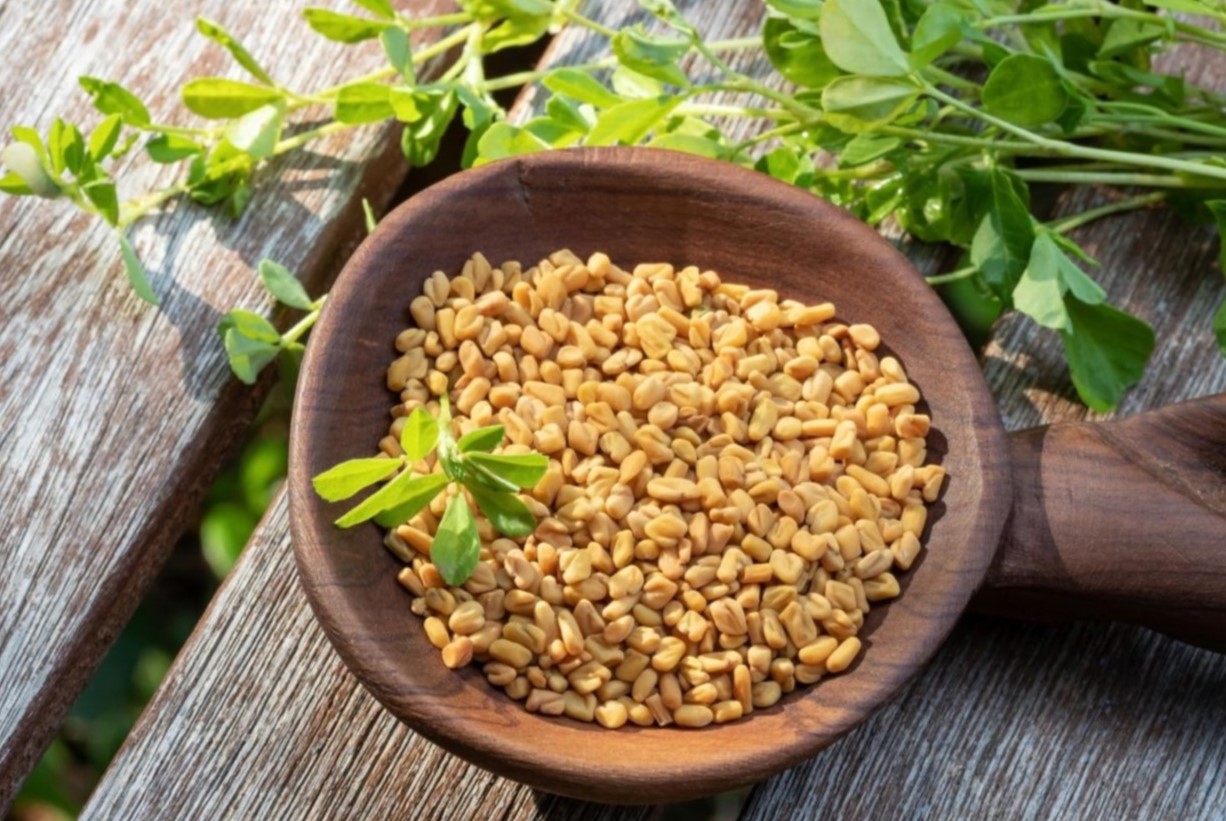

0 thoughts on “How To Use Anise Seed”